
The School has provided a week of lectures and tutorials to introduce the LOFAR system to users and new members of the collaboration who will analyse Cycle data. The topics ranged from the capabilities of the basic station hardware to the software pipelines and science products they produce. 48 regular participants attended the event, together with lecturers, tutors, and helpers. The social events included a School dinner at ASTRON and a visit to the LOFAR core.
The School will deliver very important documentation to future radio astronomers. The proceedings of the lectures will contribute to the first LOFAR Data Book, which will be published by Springer within 2015. We believe that this book will be an important reference for the scientists who will use LOFAR and will work on low frequency radio astronomy in general.
Here you see the school picture, taken on the third day of the school at the LOFAR Superterp. For the participants, the LOC, and SOC, it has been an intense, fruitful, and successful week. The School LOC thanks all the people who contributed to the school!
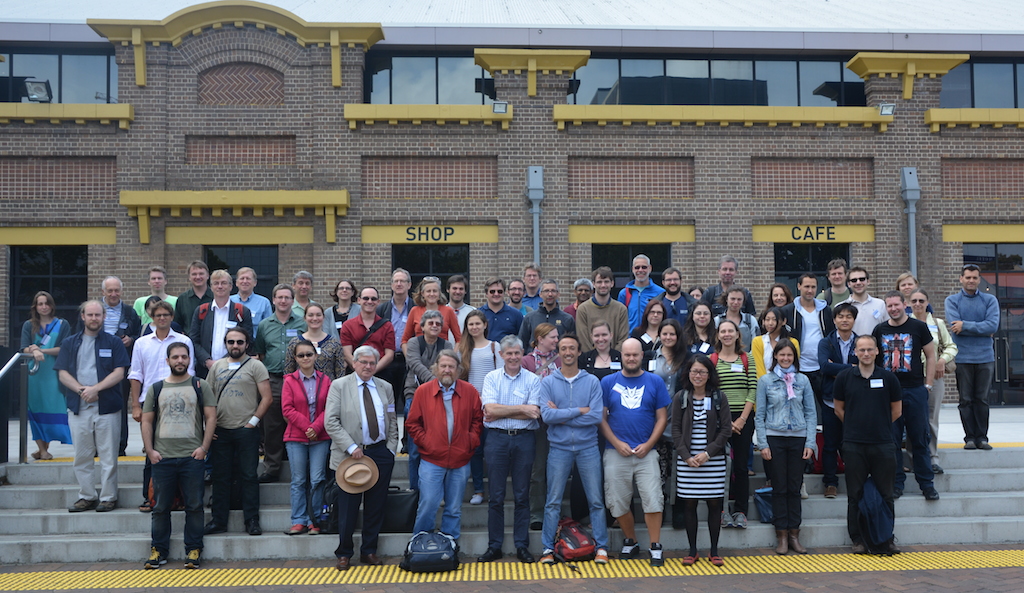 © CASS/ASTRON
© CASS/ASTRON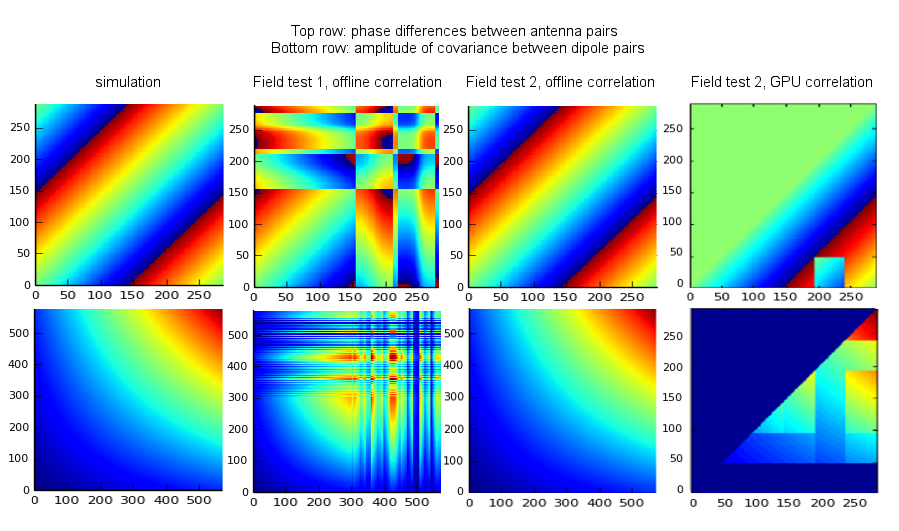 © ASTRON
© ASTRON © Image Credit: R.Kelly
© Image Credit: R.Kelly © Astron
© Astron © Katinka Gereb
© Katinka Gereb © Astron
© Astron © ASTRON
© ASTRON_16.13.27.png) © Alberto Sanna
© Alberto Sanna © ASTRON
© ASTRON © Astron
© Astron © JvL
© JvL © ASTRON
© ASTRON © AARTFAAC group
© AARTFAAC group © ASTRON
© ASTRON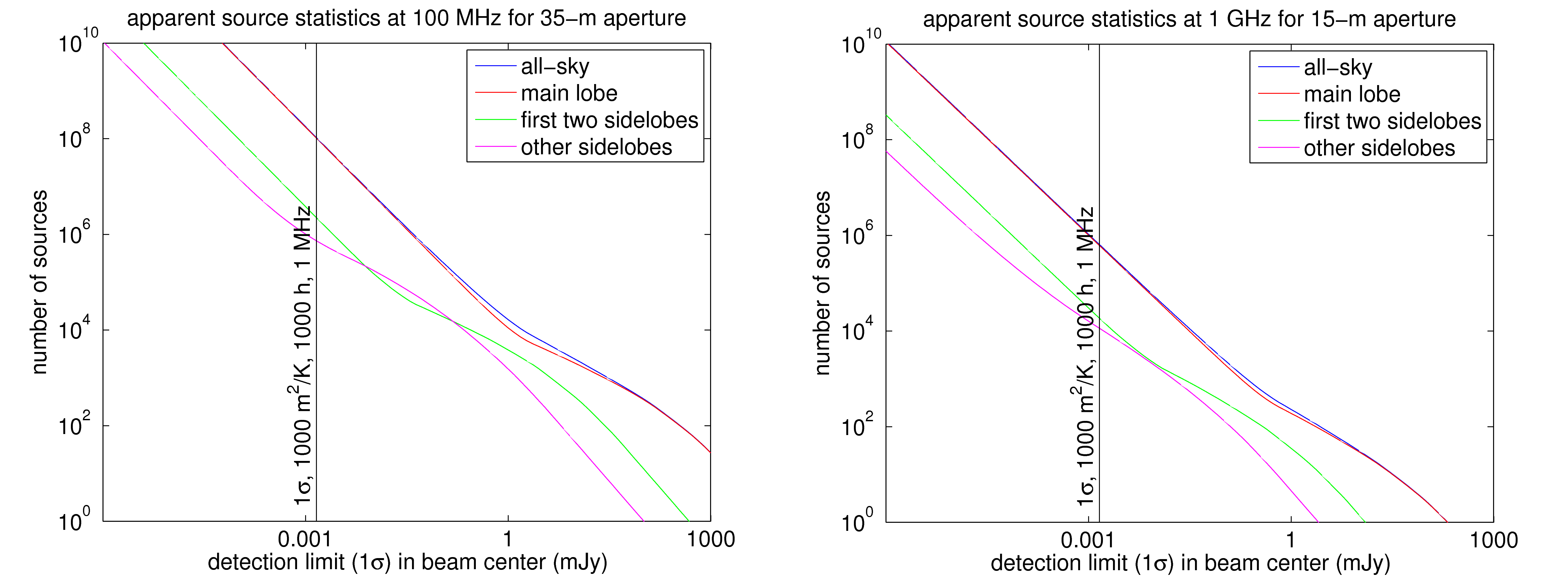 © ASTRON
© ASTRON © JIVE
© JIVE © Art, Education & Outreachtprojects
© Art, Education & Outreachtprojects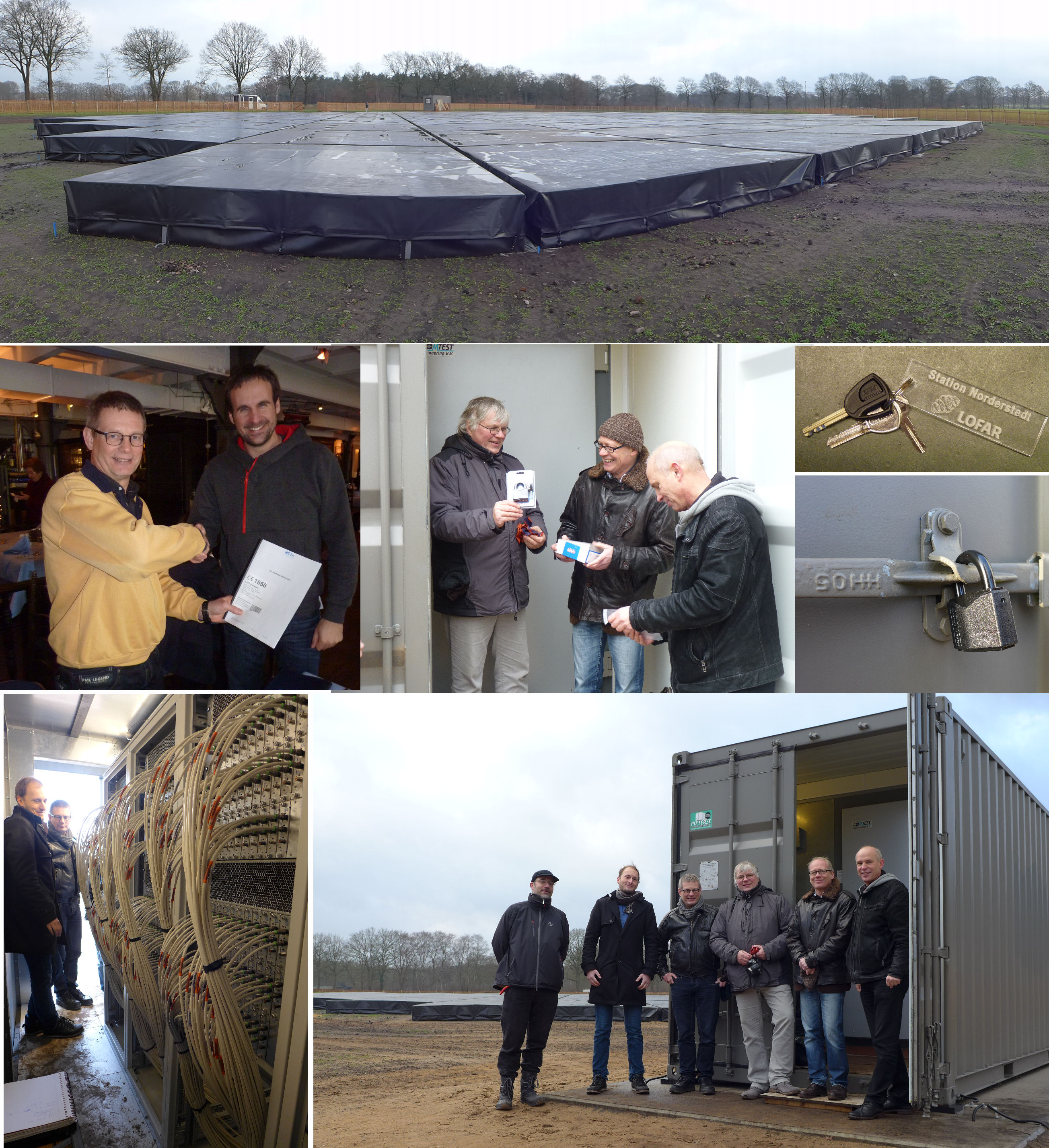 © Pictures: Dieter Engels, Ronald Halfwerk
© Pictures: Dieter Engels, Ronald Halfwerk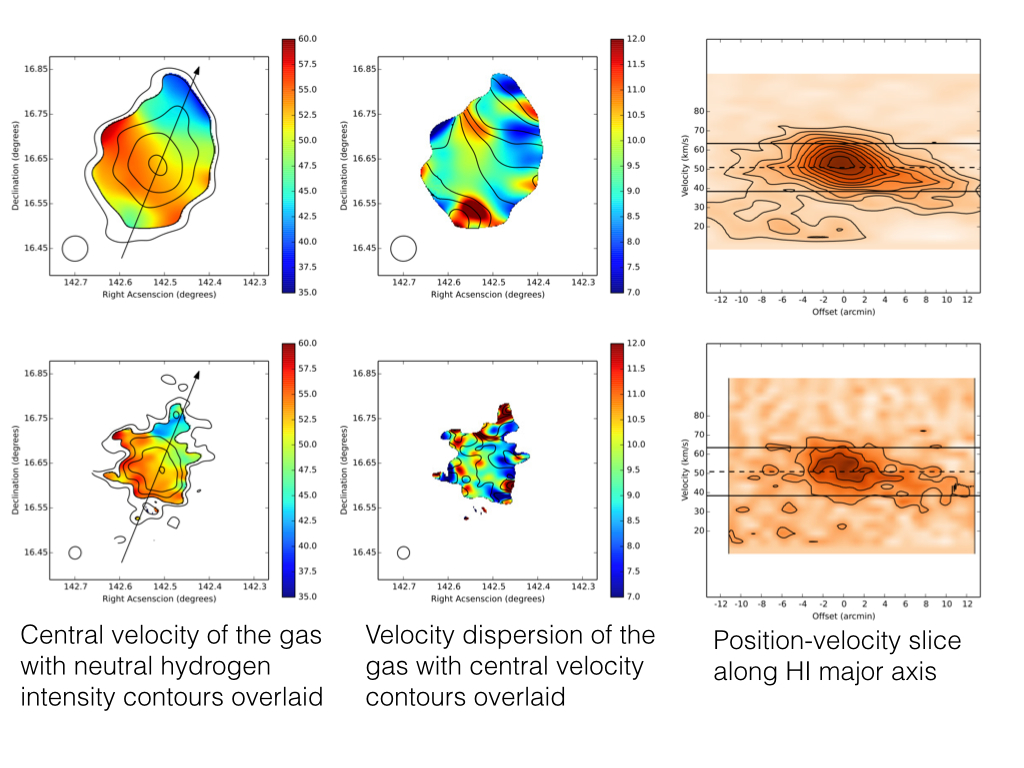 © Betsey Adams
© Betsey Adams